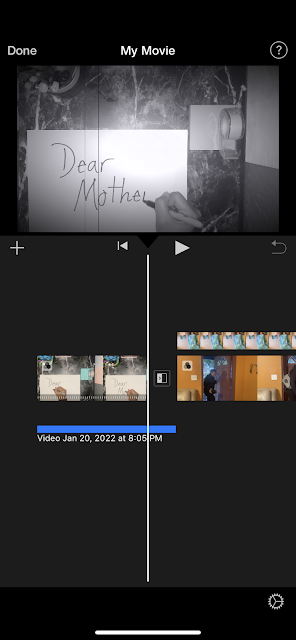Genre Research - Horror
Genre: Horror
- Common Lighting- Uplighting, Shadow Lighting, and Under Exposure Lighting.
- Common Camera Angles- Low Angle, Canted/Dutch Angle, and Close-up Angle.
- Common Movement- Tracking, Handheld, and Pan.
- Common Mis-En-Scene- Scary costumes, Creepy Settings, Horrific Props, Blunt/Loud acting, and Frightening makeup.
- Example of films- IT, Annabelle, and Us.
- Common sounds- Dialogue, Stings, and diegetic sound.
- The elements we like are the suspense and mystery because that engages the audience and entertained throughout the film.Also, the intense and dramatic background noise/music because it helps create suspension.
- The elements that do not appeal to us is the predictable and uniformed decisions the characters make like they hear a sound coming from the basement and they go there to see what it is. This usually means the characters are walking towards danger which the audience can expect what is going to happen next.




Comments
Post a Comment